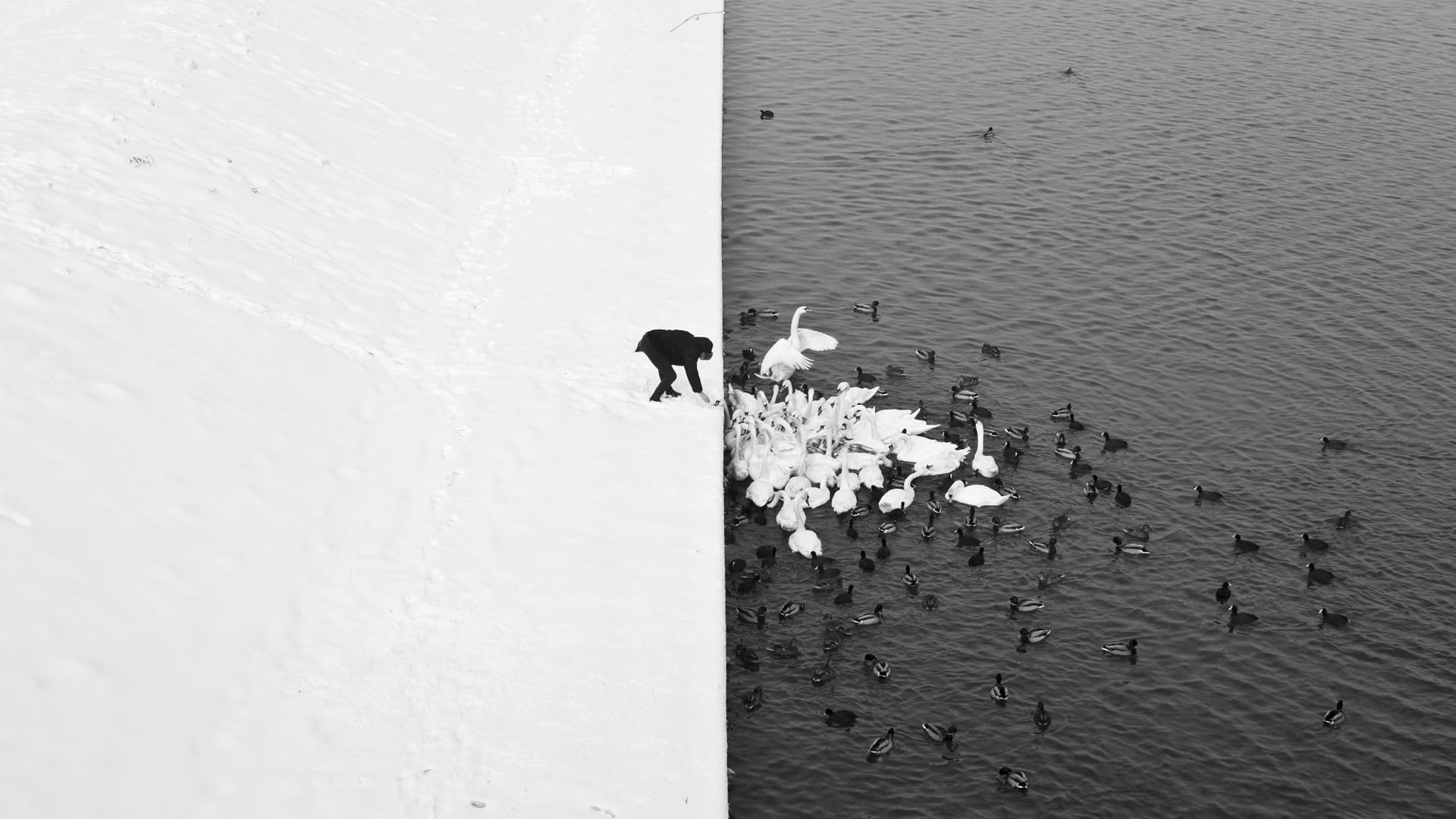一. 前言
独立博客最麻烦就是图片存储, 第三方的免费图床, 国内的基本没法用(乱删图片, 服务高度不稳定, 随时关站...), 国外的有几个相对稳定的, 但是访问是个问题. Gitee封禁了外链, GitHub访问又是高度不稳定的....
由于路过图床 - 免费图片上传, 专业图片外链, 免费公共图床 (imgse.com)收紧了免费上传图片, 只能将图片转为base64嵌入markdown文档, 但是由于截图不希望过度压缩, 希望保存一份截图的高清版本, 这导致图片文件非常大, 直接嵌入markdown文档, 虽然这种方式可以摆脱网络的依赖, 但是会导致文档非常臃肿.
直接嵌入base64图片没办法直接使用这种方式实现.

# 在typora上, img_url直接使用base64替换没办法直接显示图片
<img src=""></img>
直接使用img标签, 也无法显示图片.
二. base64转码
用python写一个简单脚本即可, 右键菜单调用该脚本.
相关功能, 已经在Kyouichirou/markdown_project: assistance for typora markdown file typesetting (github.com)中整合进去. 自动将本地图片转为base64.
__all__ = ['convert']
import os
import base64
import pyperclip as pc
def copy_data_to_clip(data_text: str):
# 将生成的数据复制到剪切板上
pc.copy(data_text)
pc.paste()
def base64_template(image_base64: str) -> str:
# html模板
temp = f'<p><span class="md-image"><img alt="img" src="{image_base64}" referrerpolicy="no-referrer"></span></p>'
return temp
def get_file_extend(file_path: str) -> str:
# 获取文件名后缀
return os.path.splitext(file_path)[1][1:]
def file_to_base64(file_path: str) -> str:
# 转为base64
with open(file_path, 'rb') as f:
# 前缀
pre_fix = f'data:image/{get_file_extend(file_path)};base64,'
image_bytes = f.read()
image_base64 = pre_fix + base64.b64encode(image_bytes).decode('utf8')
return image_base64
def convert(file_path: str):
copy_data_to_clip(base64_template(file_to_base64(file_path)))
2.1 图片的压缩
WebP最初在2010年发布, 目标是减少文件大小 但达到和JPEG格式相同的图片质量 希望能够减少图片档在网络上的发送时间. 2011年11月8日 Google开始让WebP支持无损压缩和透明色( alpha通道) 的功能. 而在2012年8月16日的参考实做libwebp 0.2.0中正式支持. 根据Google较早的测试 WebP的无损压缩比网络上找到的PNG档少了45%的文件大小, 即使这些PNG档在使用pngcrush和PNGOUT处理过 WebP还是可以减少28%的文件大小.
由于截图的保存是png文件, 在嵌入图片前, 先对文件进行压缩, 一开始的想法是将图片转为webp, 这样可以大幅减小文件的体积, 同时保留文件的清晰度, 准备的是使用支持webp的截图工具, 但是查找一下, 没发现原生支持webp格式的截图工具, 再加上win10也没有原生支持webp. 最后截图还是使用png文件, 之后再对文件转换为webp, 然后在根据大小, 进一步压缩文件.
import base64
from io import BytesIO
from PIL import Image
def compress(file_path: str) -> str:
with Image.open(file_path) as img:
"""
Return image as a bytes object.
.. warning::
This method returns the raw image data from the internal
storage. For compressed image data (e.g. PNG, JPEG) use
:meth:`~.save`, with a BytesIO parameter for in-memory
data.
:param encoder_name: What encoder to use. The default is to
use the standard "raw" encoder.
:param args: Extra arguments to the encoder.
:returns: A :py:class:`bytes` object.
"""
x, y = img.size
im_file = BytesIO()
if x > 1440:
# 对图片的尺寸进行压缩, 宽不能超过1440
img_resized = img.resize((1440, int(y * 1440 / x)))
# 图片压缩到60已经出现较为严重的肉眼可见的模糊
img_resized.save(im_file, format='webp', quality=60)
else:
# 必须执行这步操作
img.save(im_file, format='webp', quality=60)
# 获得图片的二进制数据, tobytes()不适用于png等
im_bytes = im_file.getvalue()
pre_fix = f'data:image/webp;base64,'
return pre_fix + base64.b64encode(im_bytes).decode('utf8')
Image.tobytes(encoder_name='raw', *args)[source]
Return image as a bytes object.
Warning
This method returns the raw image data from the internal storage. For compressed image data (e.g. PNG, JPEG) use save(), with a BytesIO parameter for in-memory data.
PARAMETERS:
encoder_name –
What encoder to use. The default is to use the standard " raw" encoder.
A list of C encoders can be seen under codecs section of the function array in _imaging.c. Python encoders are registered within the relevant plugins.
args – Extra arguments to the encoder.
RETURNS:
A bytes object.
转换和压缩可以同时执行, 只需要Pillow (PIL Fork) 9.5.0 documentation即可.
虽然webp获得大部分巨型公司的使用和支持, 但是其普及程度还是远没有达到可以作为基础格式使用, 使用上还是颇为麻烦, 如win10的图片查看还是不支持webp.
经过处理后的图片, 可以在不损失图像质量的前提下, 轻易压缩到原来大小的30%; 以图像损失为代价, 可以压缩到差不多10%.
2.2 cwebp
或者是使用其他的库, 其执行webp转换的底层为cwebp | WebP | Google for Developers.
@Lian ➜ ~\Desktop ( base 3.9.12) C:\Users\Lian\anaconda3\Lib\site-packages\lib\libwebp_win64\bin\cwebp.exe -longhelp
Usage:
cwebp [-preset <...>] [options] in_file [-o out_file]
If input size (-s) for an image is not specified, it is
assumed to be a PNG, JPEG, TIFF or WebP file.
Windows builds can take as input any of the files handled by WIC.
Options:
-h / -help ............. short help
-H / -longhelp ......... long help
-q <float> ............. quality factor (0:small..100:big), default=75
-alpha_q <int> ......... transparency-compression quality (0..100),
default=100
-preset <string> ....... preset setting, one of:
default, photo, picture,
drawing, icon, text
-preset must come first, as it overwrites other parameters
-z <int> ............... activates lossless preset with given
level in [0:fast, ..., 9:slowest]
-m <int> ............... compression method (0=fast, 6=slowest), default=4
-segments <int> ........ number of segments to use (1..4), default=4
-size <int> ............ target size (in bytes)
-psnr <float> .......... target PSNR (in dB. typically: 42)
-s <int> <int> ......... input size (width x height) for YUV
-sns <int> ............. spatial noise shaping (0:off, 100:max), default=50
-f <int> ............... filter strength (0=off..100), default=60
-sharpness <int> ....... filter sharpness (0:most .. 7:least sharp), default=0
-strong ................ use strong filter instead of simple (default)
-nostrong .............. use simple filter instead of strong
-sharp_yuv ............. use sharper (and slower) RGB->YUV conversion
-partition_limit <int> . limit quality to fit the 512k limit on
the first partition (0=no degradation ... 100=full)
-pass <int> ............ analysis pass number (1..10)
-crop <x> <y> <w> <h> .. crop picture with the given rectangle
-resize <w> <h> ........ resize picture (after any cropping)
-mt .................... use multi-threading if available
-low_memory ............ reduce memory usage (slower encoding)
-map <int> ............. print map of extra info
-print_psnr ............ prints averaged PSNR distortion
-print_ssim ............ prints averaged SSIM distortion
-print_lsim ............ prints local-similarity distortion
-d <file.pgm> .......... dump the compressed output (PGM file)
-alpha_method <int> .... transparency-compression method (0..1), default=1
-alpha_filter <string> . predictive filtering for alpha plane,
one of: none, fast (default) or best
-exact ................. preserve RGB values in transparent area, default=off
-blend_alpha <hex> ..... blend colors against background color
expressed as RGB values written in
hexadecimal, e.g. 0xc0e0d0 for red=0xc0
green=0xe0 and blue=0xd0
-noalpha ............... discard any transparency information
-lossless .............. encode image losslessly, default=off
-near_lossless <int> ... use near-lossless image
preprocessing (0..100=off), default=100
-hint <string> ......... specify image characteristics hint,
one of: photo, picture or graph
-metadata <string> ..... comma separated list of metadata to
copy from the input to the output if present.
Valid values: all, none (default), exif, icc, xmp
-short ................. condense printed message
-quiet ................. don't print anything
-version ............... print version number and exit
-noasm ................. disable all assembly optimizations
-v ..................... verbose, e.g. print encoding/decoding times
-progress .............. report encoding progress
Experimental Options:
-jpeg_like ............. roughly match expected JPEG size
-af .................... auto-adjust filter strength
-pre <int> ............. pre-processing filter
C:\\Users\\Lian\\anaconda3\\lib\\site-packages/lib/libwebp_win64/bin/cwebp.exe -q 40 "D:\\auto_save_snap\\a.png" -o D:\\auto_save_snap\\python_logo.webp
Saving file 'D:\\auto_save_snap\\python_logo.webp'
File: D:\\auto_save_snap\\a.png
Dimension: 1797 x 1037
Output: 156502 bytes Y-U-V-All-PSNR 34.63 41.84 43.16 36.04 dB
(0.67 bpp)
block count: intra4: 3554 (48.39%)
intra16: 3791 (51.61%)
skipped: 3313 (45.11%)
bytes used: header: 301 (0.2%)
mode-partition: 18315 (11.7%)
Residuals bytes |segment 1|segment 2|segment 3|segment 4| total
macroblocks: | 16%| 12%| 21%| 51%| 7345
quantizer: | 59 | 55 | 46 | 34 |
filter level: | 19 | 12 | 19 | 14 |
三. P标签
在<img>标签之外多套上一层.
<p><span class="md-image"><img alt="img" src="base64_url" referrerpolicy="no-referrer"></span></p>
这种方式的好处在于编辑文档时, 可以将图片的数据渲染成
四. 备注链接
![img][base64_tag]
[base64_tag]: base64_img
这种方法很方便, 但是对于文档写作过程不是很方便, 大段的字符串在编辑器上将可见, 虽然转为html这部分的内容是不可见的.
